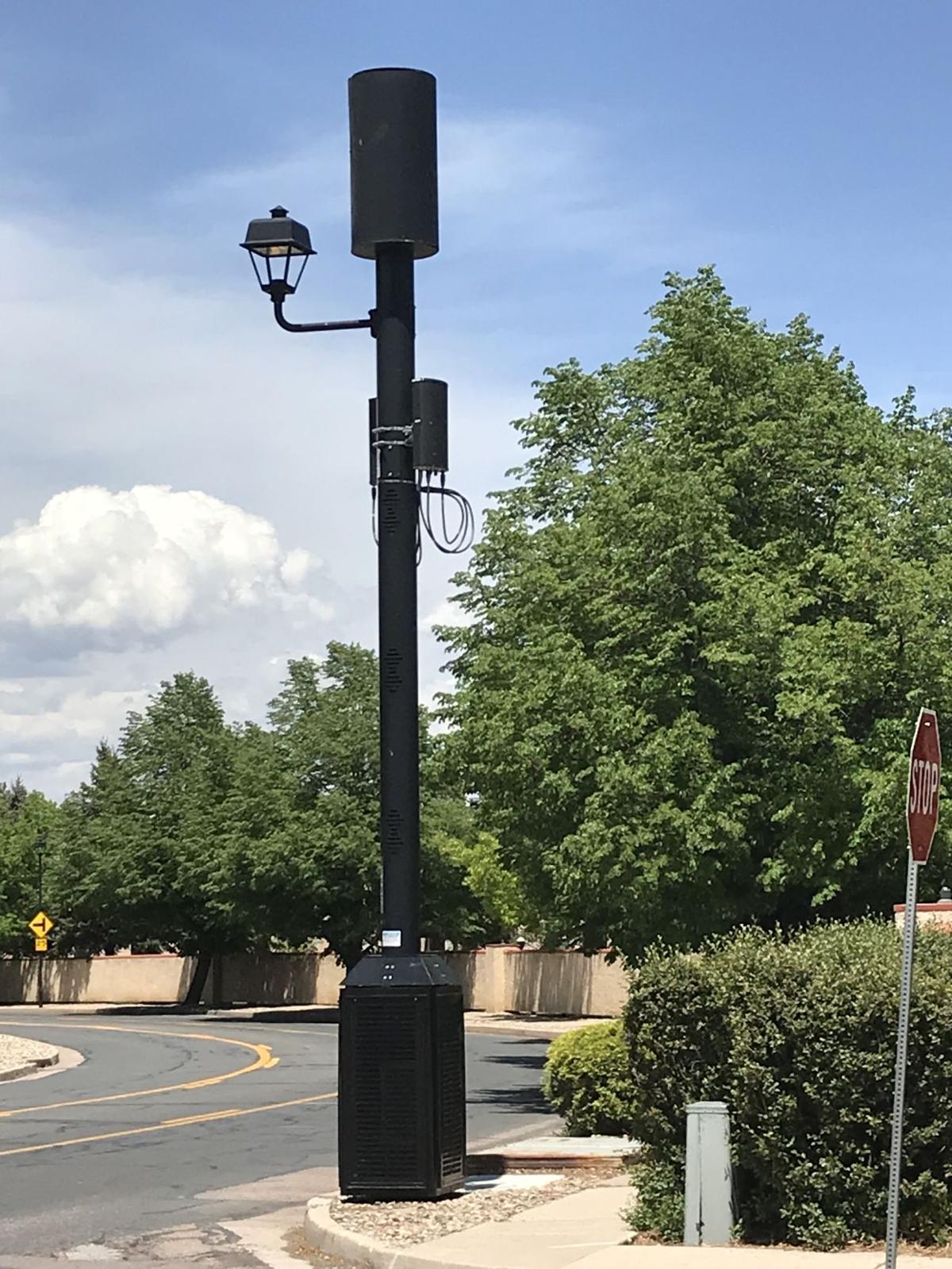If you've ever wandered through a city you might have noticed tiny 5G cell towers on street light poles. They look like little boxes however, they're actually transmitting wireless signals from cell phone providers to your mobile.

These smaller towers are replacing the larger specially-designed cell towers. While they're less noticeable however, they could create problems for those who live nearby.
what is a safe distance from a cell tower of the FCC's Radiation Exposure Thresholds
The FCC's Radiation Exposure Thresholds define the safe limit at which an individual can be exposed to electromagnetic radiation from wireless devices. The limits for exposure are based upon scientific research that show that RF energy could cause harm to health.
The specific absorption rate (SAR) is a measure of the radiofrequency energy absorbed by tissue. It's typically 1.6 Watts per kilogram calculated over one Gram of tissue.
However, because 5g transmits at higher frequencies this could be able to create more energy on the skin as well as other body parts. This can lead to various possible harms, like the formation of skin disorders such as dermatitis, cataracts, and skin cancer.
Due to the possible negative effects of 5G radiation, PSU has chosen to create a general limits on power density, which is 4mW/cm2 measured on 1cm2, and not to exceed 30 minutes for the entire 5G spectrum at 3000 GHz. This localized limit is in accordance with the maximum SAR spatial-average of 1.6 W/kg, averaged over one g of tissue at 6 GHz.
The FCC's Maximum Exposure Thresholds for Maximum Exposure
If you've ever used a cell phone, you probably know that a safe distance from the tower is around 400 meters away. safe distance from cell tower is because the transmitting power of the cell tower is significantly increased the further away the tower is.
While it sounds like a good idea however, people who live close to towers might be more vulnerable to health issues. For instance, a study conducted in 2014 in India discovered that people who lived within 50m of cell towers experienced significant more health issues than those who were far from antennas.
However, this study also revealed that those who relocated to areas further away from the cell towers saw their symptoms return to normal within a couple of days. Another study has shown that exposure to high frequencies of radiofrequency electromagnetic fields (EMFs) can lead to brain tumors, cancer and other health issues.
This is because RF radiation, which is utilized for wireless communication, has the ability to penetrate the human body's outer layer, which is the skin. It is vital to be aware of this because the skin acts as a protective barrier against injuries caused by mechanical forces, infections by pathogenic microorganisms, and the entry of harmful substances. The skin is the largest organ in the human body, and is accountable for keeping the integrity of the other organs.
The FCC's Minimum Exposure Thresholds for the Minimum Exposure
The FCC's Minimum Exposure Thresholds are based on a variety of assumptions that aren't supported by scientific evidence. These include the erroneous assumption that exposures of a short duration to RF radiation are safe because of the minimal absorption into body (i.e., tissue heating).
The assumption also ignores the more extensive penetration of ELF components of modulated RF signals, as well as the consequences of short bursts of heat from pulsed RF waves. These assumptions are not in line with the current understanding of biological consequences of RF radiation. Therefore they shouldn't be relied upon for health-protection exposure standards.
In addition, the ICNIRP and FCC restrict their radiation limits for local peak SARs that are based on the maximum spatial specific absorption rate (psSAR) that is not a reliable dosimetric instrument for determining the level of radiation exposure. Particularly the psSAR tool is not accurate for frequencies above 6 GHz. Furthermore, psSAR has not been tested for safe distance to live from cell phone tower exposed to other agents of the environment such like sunlight. Interactions of RF radiations with different environmental agents may result in antagonistic or synergistic impacts. This would result in an increased risk of negative health effects. For example, co-exposure to RF radiation and sunlight could increase the risk of developing skin cancer, as well as aggravate other skin disorders, such as acne.
